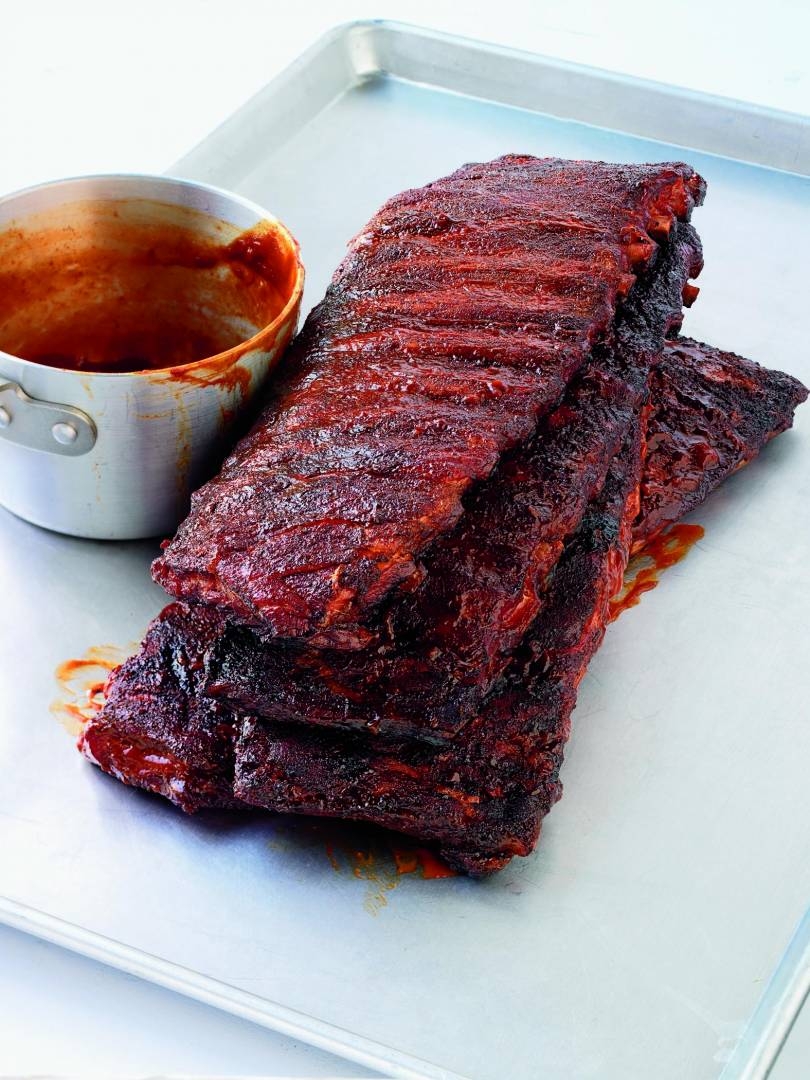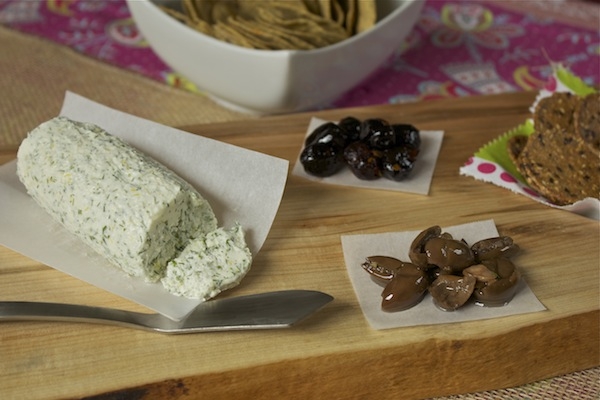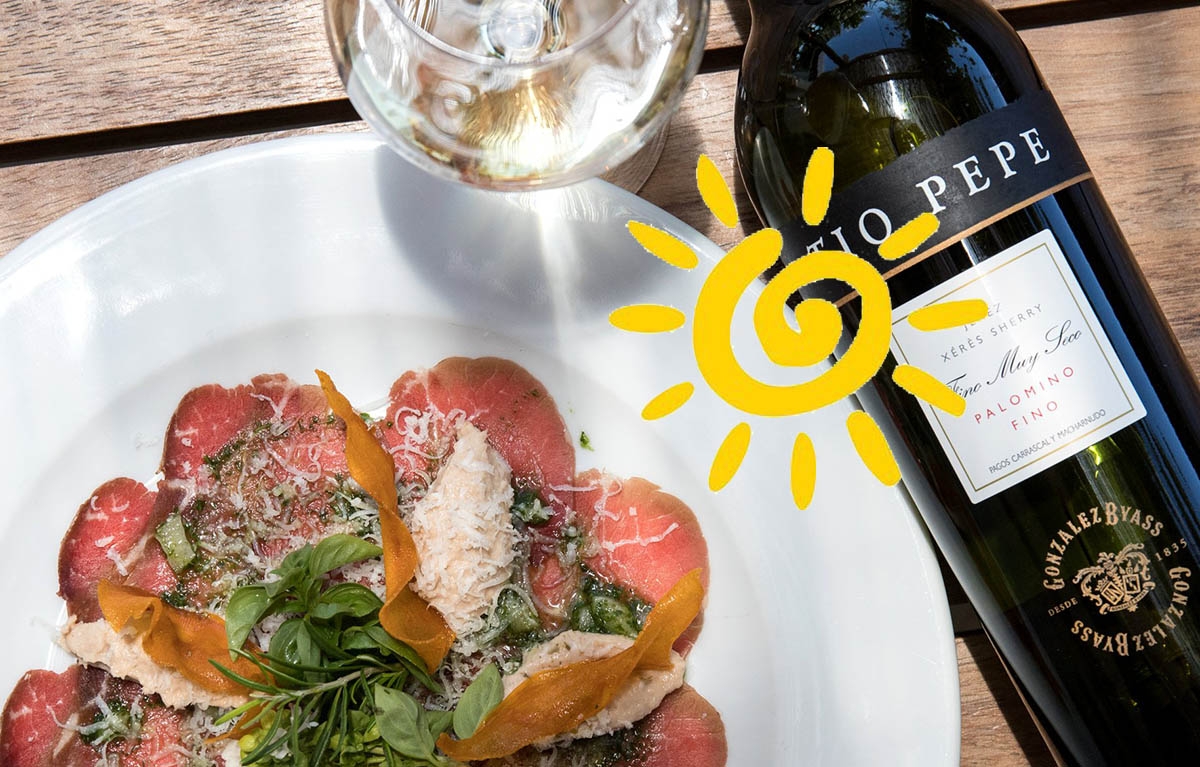
Smoking Meat is Smokin’ Hot!
Photo courtesy of Weber
We are heading into the long weekend, which means one thing: it’s time to get grilling! Why not change it up this long weekend and try smoking your meat on the grill?
![Smokers_All_Sizes[1]](http://www.ottawalife.com/admin/cms/images/large/Smokers_All_Sizes1-250x200_1.jpg)
If you own a smoker you are likely one of 59% of Canadian grillers using it on special occasions only, or part of the the 41% who use their smoker at least once a month. Either way, you’ll agree that low and slow smoke cooking is the way to go for the moistest, juiciest cuts of meat. Weber’s Smokey Mountain Cooker Smoker is the perfect choice for smoke cooking. Available in three sizes—14”, 18”, or 22” diameter— each model includes features such as a built-in thermometer, a charcoal chamber, two heavy-duty cooking grates, and a porcelain enameled water pan that adds steam to the smoking process so meat stays moist and tender.

If you don’t own a smoker, it’s no problem. Smoking foods can be done on any type of outdoor barbecue and Weber’s Smoke cookbook shows you how. Written by New York Times best-selling author Jamie Purviance, Weber’s Smoke reveals the secrets to infusing rich, smoky flavours into almost any dish, whether someone is cooking on a traditional smoker, a charcoal grill or a gas grill.
“I want to show grillers that the world of smoke cooking is much bigger than slow-cooked barbecue,” Purviance says. “Many of the recipes infuse subtle smoky flavours into foods like fish and vegetables that can be cooked quickly on any type of grill.”
Top 10 smoking tips on the grill
From Weber’s Smoke cookbook, take a look at the 10 secrets to infusing rich, smoky flavours into almost any dish and with any barbecue.
1. Start early.
Many of the flavour compounds in smoke are fat and water soluble, which means that whatever you are cooking will absorb smoky flavours best when it is raw. As the surface cooks and dries out, the smoke does not penetrate as well.
2. Go low and slow (most of the time).
Real barbecue is cooked slowly over low, indirect heat because that’s a traditional way to make sinewy meats so moist and tender. But don’t miss easy opportunities for adding sweet wood aromas to foods that are grilled over a hot fire for just minutes, like steaks, shrimp and even vegetables.
3. Regulate the heat with a water pan.
Big fluctuations in smoking temperatures can tighten and dry out foods. Whenever you cook for longer than an hour with charcoal, use a pan of water to help stabilize the heat and add some humidity. Obviously a water smoker already has one, but for a charcoal grill, use a large disposable foil pan, and don’t forget to refill it.
4. Don’t overdo it.
The biggest mistake rookies make is adding too much wood, chunk after chunk, to the point where the food tastes bitter. In general, you should smoke food for no longer than half its cooking time. Also, the smoke should flow like a gentle stream, not like it is billowing out of a train engine.
5. White smoke is good; black smoke is bad.
Clean streams of whitish smoke can layer your food with the intoxicating scents of smoldering wood. But if your fire lacks enough ventilation, or your food is directly over the fire and the juices are burning, blackish smoke can taint your food or lead to unpleasant surprises when you lift the lid.
6. Keep the air moving.
Keep the vents on your charcoal grill open, and position the vent on the lid on the side opposite the coals. The open vents will draw smoke from the charcoal and wood below so that it swirls over your food and out the top properly, giving you the best ventilation and the cleanest smoke. If the fire gets too hot, close the top vent almost all the way.
7. Don’t go golfing.
Smoking is a relatively low-maintenance way of cooking—but remain mindful and be safe. Never leave a lit fire unattended, and check the temperature every hour or so. You might need to adjust the vents or add more charcoal.
8. Try not to peek.
Every time you open a grill, you lose heat and smoke—two of the most important elements for making a great meal. Open the lid only when you really need to tend to the fire, the water pan, or the food. Ideally take care of them all at once—and quickly. Otherwise, relax and keep a lid on it.
9. Let the bark get dark.
When smoked properly, ribs and large chunks of beef and pork should be enveloped in a dark mahogany, borderline black crust called “bark.” This bark is the consequence of fat and spices sizzling with smoke on the surface of the meat developing into a caramelized crust. So before you take your dinner off the grill or wrap it in foil, make sure you’ve waited long enough for the delicious, dark bark to develop.
10. Feature the star attraction.
Don’t upstage something inherently delicious with a potent marinade, heavy-handed seasonings, or thick coats of sauce. Harmonizing flavours in ways that feature the main ingredient is what separates the masters from the masses.
Find out more at weber.com. You can also follow Weber on Twitter or join the Weber Canada Facebook community. And if you’re looking for smoking inspiration, check out the recipe below for some spareribs that are delicious you might tear-up just from looking at them.

Champion Spareribs
with Sweet Apple Barbecue Sauce
Ideal grill: smoker
Smoke intensity: strong
Prep time: 45 minutes
Cooking time: 4¾ to 6 hours
Special equipment: small spray bottle
Serves: 8
Rub
3 tablespoons kosher salt
2 tablespoons ancho chile powder
2 tablespoons packed light brown sugar
2 tablespoons granulated garlic
1 tablespoon ground cumin
2 teaspoons ground black pepper
4 racks spareribs, each 2½ to 3½ pounds
¾ cup unsweetened apple juice
¼ cup cider vinegar
5 fist-sized hickory wood chunks
Sauce
2 cups ketchup
½ cup unsweetened apple juice
¼ cup cider vinegar
¼ cup yellow mustard
2 tablespoons molasses
2 tablespoons Worcestershire sauce
1 teaspoon granulated garlic
¼ teaspoon chipotle chile powder
Directions
- Prepare the smoker for indirect cooking with very low heat (225° to 250°F).
- In a medium bowl mix the rub ingredients. Put the spareribs, meaty side up, on a cutting board. Follow the line of fat that separates the meaty ribs from the much tougher tips at the base of each rack, and cut off the tips. Turn each rack over. Cut off the flap of meat attached in the center of each rack. Also cut off the flap of meat that hangs below the shorter end of the ribs. Using a dull dinner knife, slide the tip under the membrane covering the back of each rack of ribs. Lift and loosen the membrane until it breaks, then grab a corner of it with a paper towel and pull it off. Season the spareribs all over with the rub, putting more of the rub on the meaty sides than on the bone sides.
- In a small spray bottle combine ¾ cup apple juice and ¼ cup cider vinegar.
- Brush the cooking grate clean. Add two of the wood chunks to the charcoal. Smoke the spareribs, bone side down, over indirect very low heat, with the lid closed, until the meat has shrunk back from the bones at least ½ inch, 4 to 5 hours. After each hour, add more lit briquettes as necessary to maintain the heat, add one more wood chunk to the charcoal (until they are gone), and spray the ribs on both sides with the apple juice mixture. Meanwhile, make the sauce.
- In a medium saucepan over medium heat, combine the sauce ingredients and bring to a simmer. Reduce the heat to low and cook for 15 to 20 minutes, stirring occasionally.
- When the spareribs are done, remove them from the smoker. Brush the racks on both sides with the sauce and wrap each rack in heavy-duty aluminum foil. Return the foil-wrapped racks to the smoker, stacking them on the top cooking grate. Continue to cook over indirect very low heat, with the lid closed, until the meat is tender enough to tear with your fingers, 45 minutes to 1 hour. Remove the spareribs from the smoker and lightly brush the racks on both sides with sauce again. Cut the racks into individual ribs. Serve warm with the remaining sauce on the side.
©2012 Weber-Stephen Products LLC. Recipe from Weber’s Smoke™ by Jamie Purviance. Used with permission.













